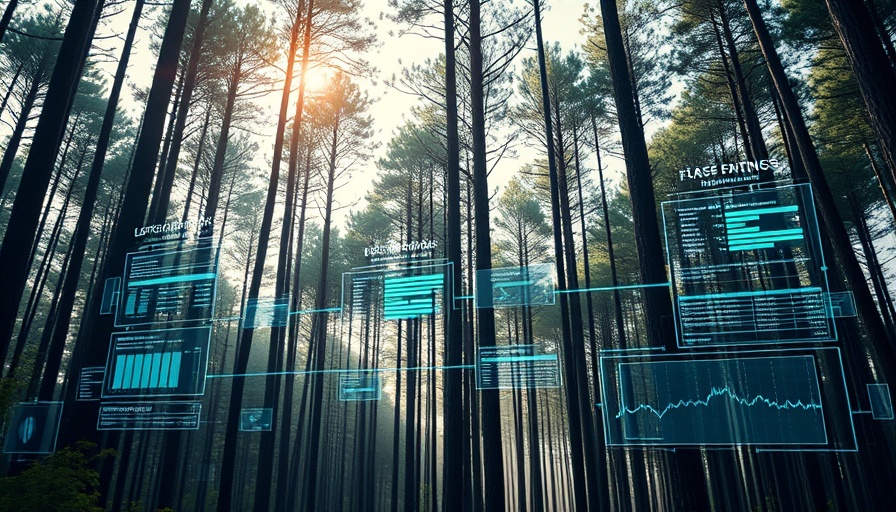
Transforming Forest Monitoring: A New Era with AI and Machine Learning
Forests are the lungs of our planet, playing a vital role in maintaining ecological balance and mitigating climate change. However, as climate change escalates and human activity shifts landscapes, monitoring these vital ecosystems has become increasingly complex. Cutting-edge research from Kaunas University of Technology (KTU) showcases an innovative approach to forest monitoring using advanced AI technology. Led by Professor Rytis Maskeliūnas, this research introduces a hybrid deep learning model that effectively analyzes forest sounds to predict conditions and detect environmental changes in real time.
Why Conventional Monitoring Falls Short
Traditional forest monitoring methods, such as visual inspections and trap-based surveys, are often inefficient in tracking rapid environmental changes brought on by climate change, pests, and other human impacts. "We will never have enough people to continuously observe what is happening in forests," states Maskeliūnas, emphasizing the limitations of current practices. In areas like Lithuania, where forest ecosystems are extremely sensitive to climatic shifts, the urgency for accurate, real-time data is profound.
The Power of Predictive Modeling in Forest Health
The KTU researchers are addressing this gap through a model that not only examines current forest conditions but also predicts future growth dynamics. This regenerative model calculates tree age transitions, growth, and mortality rates, ultimately providing a strategic plan for forest management tailored to sustain diverse species and combat climate challenges.
Introducing Real-Time Monitoring Systems
Using artificial intelligence and data analytics enables real-time monitoring and allows for early interventions in response to environmental threats. This proactive approach not only bolsters forest health but aids in the recovery and enhancement of affected ecosystems. The implications of such technology can further serve industries that rely on forest ecosystems for their raw materials, improving sustainability measures.
Global Solutions Are Emerging
Innovation does not stop with KTU's research. Programs such as AIM4Forests are utilizing AI technologies to advance forest monitoring on a global scale. Funded by the UK, AIM4Forests aims to enhance the accuracy of forest carbon measurements, leveraging data from diverse sources, including satellite imagery and local forest inventory data. Similar efforts highlight the global shift towards integrating high-tech solutions for environmental protection and forest management.
Benefiting All: From Scientists to Policymakers
The ongoing advancements in AI-powered forest monitoring not only benefit scientists but also politicians, conservationists, and local communities. By improving the accuracy of forest carbon assessments using models such as MATRIX, stakeholders can make informed decisions about forest conservation and sustainable management practices. This approach addresses the disconnect between scientific data and actionable policy, providing clarity for international carbon markets and local initiatives alike.
What Lies Ahead for Our Forests
As these technologies evolve, we may reach a future where forests will essentially monitor themselves. Continuous analysis of forest health through automated systems can provide critical insights into the impacts of climate change and human activities, allowing for timely interventions. However, educational initiatives must also focus on equipping forest managers and policymakers with the skills necessary to harness these predictive tools effectively.
In conclusion, the integration of AI in forest monitoring showcases a promising avenue towards preserving our natural ecosystems amid growing environmental pressures. The transition from reactive to predictive management could not only save our forests but enable a more sustainable future for all.
 Add Row
Add Row  Add
Add 




Write A Comment